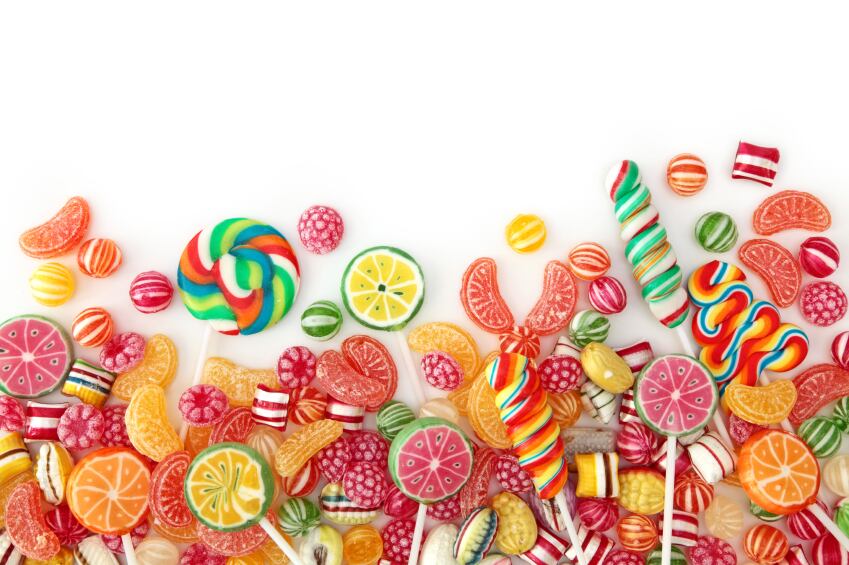Writing in the Journal of Economic Psychology the researchers from the University of Paris-Saclay found that a nutritional message shown to mothers resulted in a lower number of healthy foods for their child than for themselves.
In contrast, children’s reaction to the message meant they choose a higher number of healthy foods for their mothers than they choose for themselves.
The findings appear to contradict a traditionally held view about children’s low acceptance of healthy foods and their preferences for high-sugar and/or high-fat foods.
Parents have been shown to steer their children’s habits either through their own diet or actions such as restricting access to unhealthy foods.
On a wider scale, nutrition education via public policy could also be a direct approach in changing eating habits.
Understanding food choices during childhood is important because these choices are persistent, and could have long-term impact on weight, health status, and well-being.
Study details

The team began by enrolling 112 mother and child pairs. On average children were 10.05 years old, with 55 girls and 57 boys in total.
Each pair (dyad) were assigned to a 45 min session in which each member separately chose between relatively healthy foods (flasks of stewed apples) and relatively unhealthy foods (candy bars).
Each participant filled up four transparent bags, each with five products chosen between healthy and unhealthy foods.
Next, a nutritional message was read aloud by the speaker. Participants then started filling up the first bag her/himself with five products followed by filling up a new bag with five products for the other person of their family.
At the end of the experiment, participants completed an exit questionnaire on related issues and socio-demographic characteristics.
“Our first result shows that mothers significantly chose a higher number of healthy foods for themselves than the ones they selected to be given to their children,” the study noted.
“On the contrary, our second result shows that children significantly chose a lower number of healthy foods for themselves than for their mothers.”
“After giving the nutritional information, children’s choices for themselves and for their mother are on average almost equivalent.”
The team pointed out that the characterisation of indulgent vs. paternalistic participants would have significant limitations, in particular the words used.
The researchers recognised that in guessing expectations about what their child likes, there was a complex balance between norms (“what is healthy for her/him”) and preferences (“what she/he is supposed to like”).
Kids’ choices biased?

The message about food nutrient content impacted on children’s ability to make independent choices, even when accompanied by their mothers.
The study believed that children veered towards paternalistic behaviour than their mother before receiving the message.
“As children strongly react to the nutritional message, they become more indulgent (namely, less paternalistic) than before receiving the message, even if they are still less indulgent than their mothers,” the study hypothesized.
“Information reduces behavioural differences between mothers and children, even if some residual differences persist. Information “reunified” the family because choices inside the family seem more harmonised after revealing information.”
Source: Food Quality and Preference
Published online ahead of print, doi.org/10.1016/j.joep.2016.02.006
“Are children more paternalistic than their mothers when choosing snacks?”
Authors: Stéphan Marette et al.
